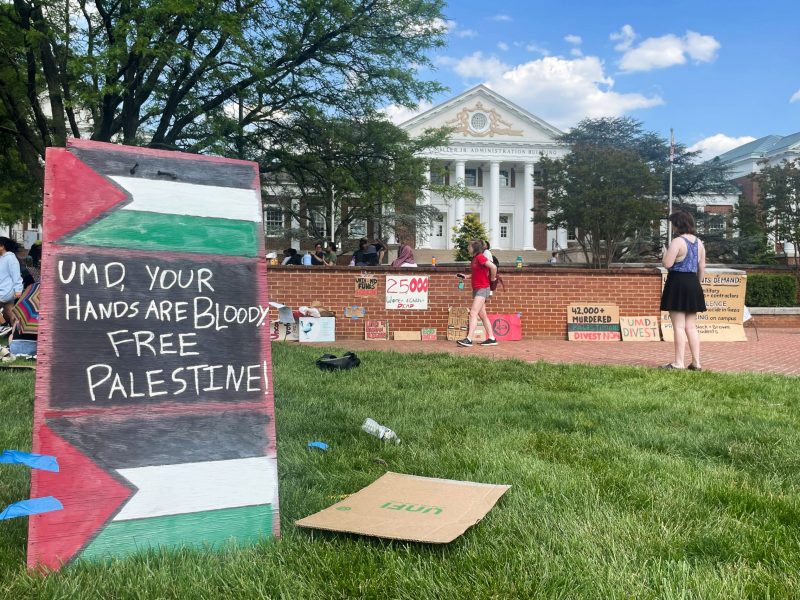A committee appointed by the University of Maryland provost is reviewing a proposal that could create dorms and a dining hall on the current site of the engineering recreational fields.
The committee met with Facilities Management representatives Thursday and will release a report to the Facilities Council in the coming weeks. The current proposal calls for two dorms with six floors each, adding a total of 1,100 beds, said Brenda Testa, director of the Department of Facilities Planning. Officials also hope to put a dining hall in the same location.
If approved, the dorms are expected to be a public and private partnership, similar to South Campus Commons, Testa said. The dorms would primarily house freshman and sophomore students but would follow the existing model of private ownership and on-campus status.
The potential cost of the two dorms is $169.8 million, Testa said, and the dining hall would cost $27.5 million.
The Facilities Council approved the capital budget submission Monday, but the site has not yet been approved, Testa said.
The capital budget, which university President Wallace Loh will submit by March 21, will include the cost of the project. For the project to move forward, the Board of Regents will have to “take action,” Testa said.
The Facilities Site Review Committee: Engineering Recreational Fields, the group tasked with examining the proposal, is made up of 13 university community members, including an undergraduate student from the Student Government Association and a graduate student, Testa said.
Provost Mary Ann Rankin charged committee members with the review in an email sent in August. The proposed development plans in the engineering recreational fields, she wrote, were “requested by the Facilities Advisory Committee (FAC) to have some additional study and has been referred to this committee for a recommendation.”
So far, the committee has met seven times, beginning in the fall. The committee plans to meet at least once more, said Jake Kotler, a junior government and politics major who is the undergraduate representative on the committee.
The committee’s report is not yet public, but Kotler said it covers everything the committee was charged with handling and was analytic in nature. It “took very seriously” the idea of dorms on that field, he said.
At previous meetings, discussions included whether housing would be appropriate on the fields, where the relocated fields would go and what type of architecture would be best for the site, Kotler said.
“We are supportive of placing facilities on that location,” said Kotler, who also serves as SGA director of governmental affairs. “The exact outcome — and type of facility — is more up for debate in the government association. I am generally supportive of the plan and findings of the report.”


